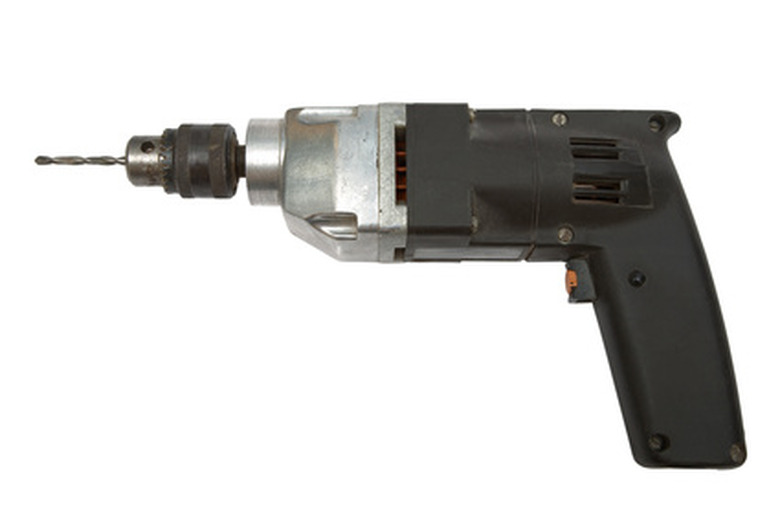How To Fix Rotten Raised Beds
Things Needed
- Shovel
- Wheelbarrow
- Tape measure
- Pencil
- Replacement wood planks
- Jigsaw (optional)
- Miter saw and miter box (optional)
- Sandpaper (optional)
- Drill
- Screwdriver
- Galvanized screws
- Wood treatment (nontoxic if for a vegetable garden)
- Compost
Raised bed gardening solves many problems for both experienced and novice gardeners. Soil inadequacies, pest control, drainage issues and even short planting seasons are all favorably addressed by installation of raised beds. If your raised beds are bordered in wood, however, that wood will eventually rot. Even if you use naturally rot-resistant wood, such as cedar or redwood, it will eventually require tending due to rot. Correcting the issue will depend primarily on how badly damaged your raised beds have become.
Step 1
Diagnose the problem. If only one or two planks are so rotten that they are no longer doing their job, that is considerably easier to fix than an entirely unsalvageable raised bed.
- Raised bed gardening solves many problems for both experienced and novice gardeners.
- Correcting the issue will depend primarily on how badly damaged your raised beds have become.
Step 2
Remove soil from the affected area of the raised bed with a shovel. Use the wheelbarrow to hold the soil. If you have to remove a large amount of soil, use the wheelbarrow to pile the soil in an area of your yard that is out of the way while you work.
Step 3
Unscrew the rotten planks. Measure them, then use the measurements to cut a new plank to replace the old plank. Mark the measurements on the new plank of wood with a pencil. A jigsaw or a miter saw and miter box are your best bets for cutting planks.
- Remove soil from the affected area of the raised bed with a shovel.
- If you have to remove a large amount of soil, use the wheelbarrow to pile the soil in an area of your yard that is out of the way while you work.
Step 4
Sand any rough portions of the new planks that will be exposed. Line the new planks up with the wood to which they will be attached, then mark where the existing holes meet the new planks. Drill pilot holes where you have marked to prevent the wood from splitting, then screw the new planks in place of the old ones using galvanized screws.
Step 5
Finish the new planks of wood with a wood treatment, unless you are using naturally rot-resistant wood such as cedar or redwood. If you are growing edible plants in your raised bed, use a non-toxic wood treatment such as tung or linseed oil. These will help to protect your wood against the elements.
Step 6
Allow the wood to rest for the amount of time specified by whichever treatment you have applied to it. Different products require different waiting times before they have cured enough to stand up to the elements. Replace the original soil after this amount of time has passed.
- Sand any rough portions of the new planks that will be exposed.
- Drill pilot holes where you have marked to prevent the wood from splitting, then screw the new planks in place of the old ones using galvanized screws.
Tip
You may want to diagnose the problem before you go to buy new planks of wood. If the problem is too severe, you may find that you want to replace your raised beds altogether. While you are taking soil out of your raised bed, it might be a good time to consider amending your soil and getting it ready for the next growing season. No matter what condition your soil is in, or what you're trying to grow, your soil can always benefit from the addition of compost. Mix compost into the soil in a 1:1 ratio and watch your plants thrive.
